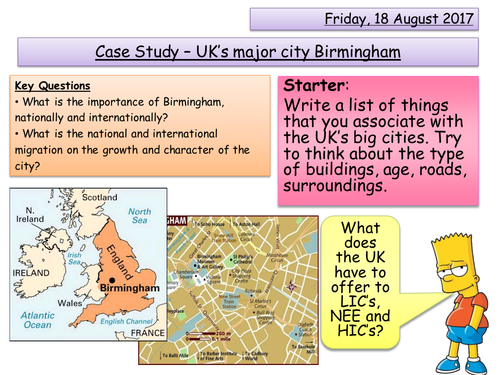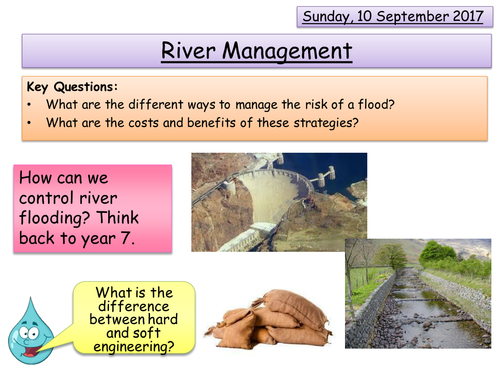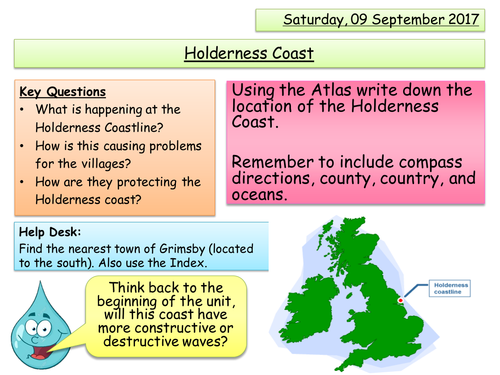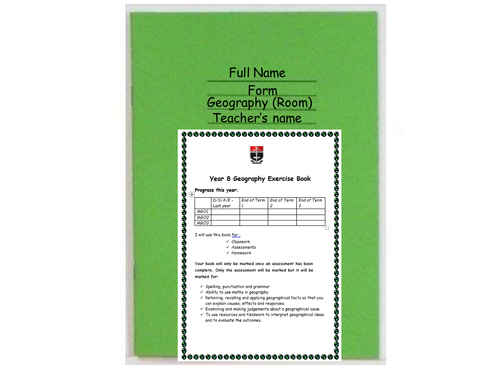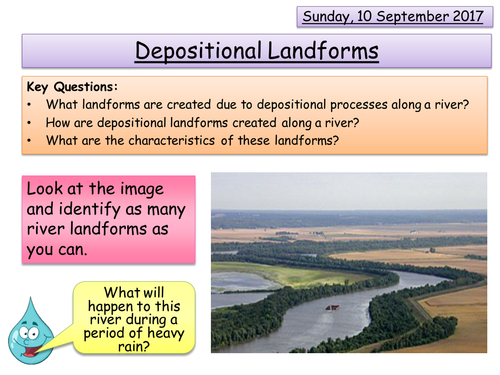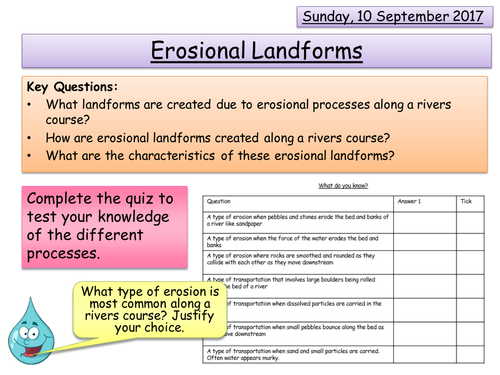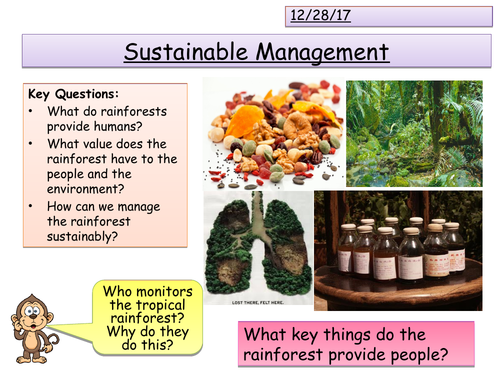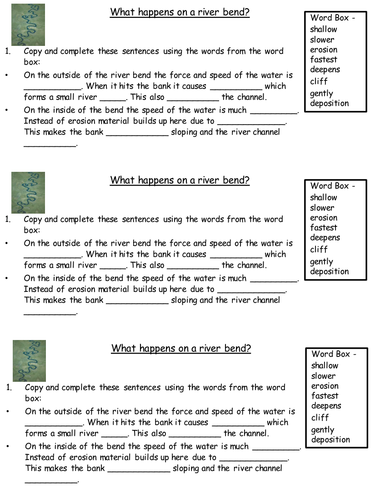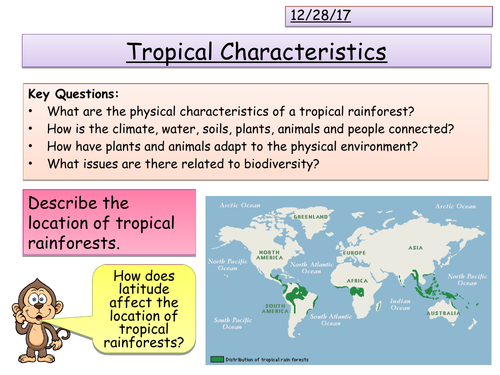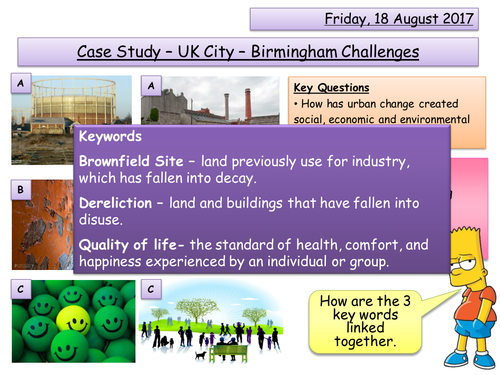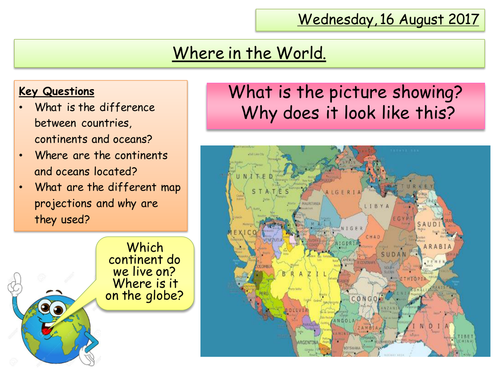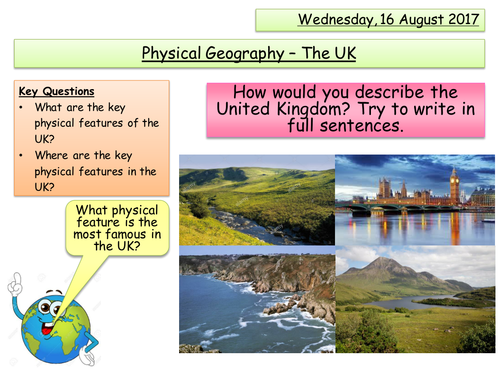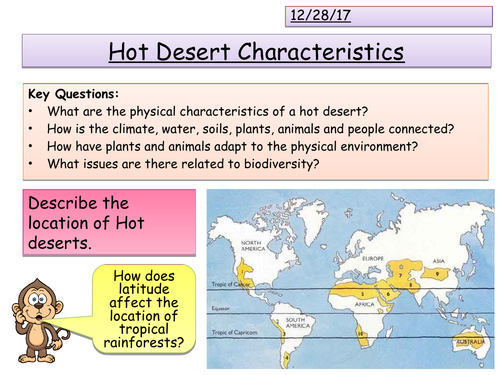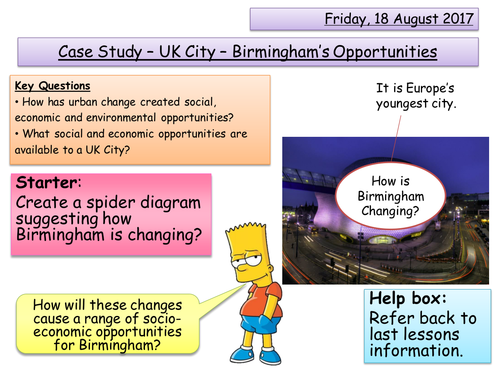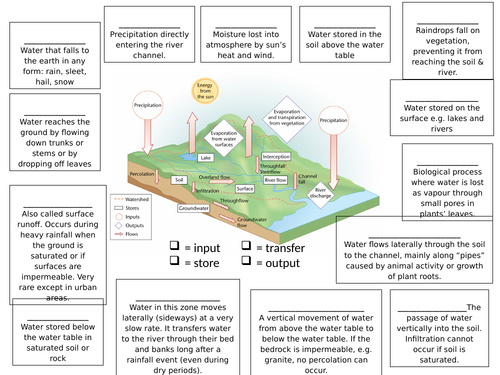
156Uploads
234k+Views
294k+Downloads
All resources

Major UK city - Birmingham's Importance
This lesson is the first part of the major UK city you must cover in the new AQA GCSE specification. This lesson aims to cover the following element from the specification:
- The location and importance of the city in the UK and the wider
world
- Impacts of national and international migration on the growth and
character of the city
NOTE = When it refers to a page number please use the factfile attached.

River Management
This lesson is based around the new AQA GCSE specification. This is a lesson in the unit titled River landscapes in the UK. The main aim of this lesson is to cover the following element of the specification:
- The costs and benefits of the following management strategies:
* Hard engineering - dams and reservoirs, straightening, embankments, flood relief channels
* Soft engineering - flood warnings and preparation, flood plain zoning, planting trees and river restoration.

Holderness Coast
This lesson aims to allow students to gain an understanding of what is happening at the Holderness Coastline. It looks at the erosion taking place and the impact this is having on the local area. This is then followed by looking at the management strategies that Holderness has implement and the impact this has caused.
By the end of the lesson students will be able to answer the following key questions:
- What is happening at the Holderness Coastline?
- How is this causing problems for the villages?
- How are they protecting the Holderness coast?

Transportation and Depositional Landforms
This lesson aims to allows students to gain an understanding of longshore drift, deposition, and depositional landforms.
By the end of the lesson students will be able to answer the following questions:
- What other processes occur at the coast?
- Why does sediment get deposited along the coast?
- What is longshore drift and how does it work?
- What other landforms are formed at the coast and how are they formed?

Waves
This lesson aims to get students to gain an understanding of the different types of waves and to understanding the factors influencing tides.
By the end of the lesson students will be able to answer the following key questions:
- What causes tides?
- How are waves different?
- Why do waves break?

Flood Risk and Hydrographs
This lesson is based around the new AQA GCSE specification. This is a lesson in the unit titled River landscapes in the UK. The main aim of this lesson is to cover the following element of the specification:
How physical and human factors affect the flood risk - precipitation, geology, relief and land use.
The use of hydrographs to show the relationship between precipitation and discharge.

Depositional Landforms - Rivers
This lesson is based around the new AQA GCSE specification. This is a lesson in the unit titled River landscapes in the UK. The main aim of this lesson is to cover the following element of the specification:
- Characteristics and formation of landforms resulting from deposition - levees, floodplains and estuaries.

Erosional Landforms - Rivers
This lesson is based around the new AQA GCSE specification. This is a lesson in the unit titled River landscapes in the UK. The main aim of this lesson is to cover the following element of the specification:
- Characteristics and formation of landforms resulting from erosion - interlocking spurs, waterfalls and gorges.

Sustainable Rainforest Management
This lesson is based around the new AQA GCSE specification. This is a lesson in the unit titled Living World. The main aim of this lesson is to cover the following element of the specification:
- Value of tropical rainforests to people and the environment.
- Strategies used to manage the rainforest sustainably – selective logging and replanting, conservation and education, ecotourism and international agreements about the use of tropical hardwoods, debt reduction.
NOTE - When it refers to page numbers please refer to the information provided.

Erosional and Depositional Landforms - Rivers
This lesson is based around the new AQA GCSE specification. This is a lesson in the unit titled River landscapes in the UK. The main aim of this lesson is to cover the following element of the specification:
- Charactersistics and formation of landforms resulting from erosion and deposition - meanders and ox-bow lakes.

A Systems Approach - AQA A Level
This lesson is based around the new AQA A Level specification. This is a lesson in the unit titled Water and Carbon Cycles. The main aim of this lesson is to cover the following element of the specification:
3.1.1.1 – Water and carbon cycles as natural systems.
Systems in physical geography: systems concept and their application to the water and carbon cycle inputs – outputs, energy, stores/components, flows/transfers, positive/negative feedback, dynamic equilibrium
Any pages referenced are from the Oxford physical textbook.
Please note I do not own the rights to any of the images used in this powerpoint.

Tropical Rainforests Characteristics
This lesson is based around the new AQA GCSE specification. This is a lesson in the unit titled Living World. The main aim of this lesson is to cover the following element of the specification:
- The physical characteristics of a tropical rainforest.
- The interdependence of climate, water, soils, plants, animals and people.
- How plants and animals adapt to the physical conditions.
- Issues related to biodiversity.
NOTE - When it refers to page numbers please refer to the fact file provided.

Major UK City - Birmingham's Challenges
This lesson is the first part of the major UK city you must cover in the new AQA GCSE specification. This lesson aims to cover the following element from the specification:
How urban change has created challenges:
• social and economic: urban deprivation, inequalities in housing,
education, health and employment
• environmental: dereliction, building on brownfield and
greenfield sites, waste disposal
• the impact of urban sprawl on the rural–urban fringe, and the
growth of commuter settlements.

Where in the World (Continents and Oceans)
This lesson aims to get students to gain a better understanding of the continents and oceans and their location in the world. In addition to this it gets student to think about the way in which a 2D map is created and therefore the representation of continents/countries on a map. By the end of the lesson students will be able to answer the following key questions:
What is the difference between countries, continents and oceans?
Where are the continents and oceans located?
What are the different map projections and why are they used?

UK Physical Geography
This lesson aims to get students use to the location of the different mountain regions and the main Rivers located across the UK. This is used mostly for year 7's but can also be adapted to use with the new AQA GCSE Physical Landscapes Topic.

Hot Desert Characteristics
This lesson is based around the new AQA GCSE specification. This is a lesson in the unit titled Living World. The main aim of this lesson is to cover the following element of the specification:
- The physical characteristics of a hot desert.
- The interdependence of climate, water, soils, plants, animals and people.
- How plants and animals adapt to the physical conditions.
- Issues related to biodiversity
NOTE - When it refers to page numbers please refer to the information provided.

Major UK City - Birmingham Opportunities
This lesson is the first part of the major UK city you must cover in the new AQA GCSE specification. This lesson aims to cover the following element from the specification:
How urban change has created opportunities:
• social and economic: cultural mix, recreation and
entertainment, employment, integrated transport systems
• environmental: urban greening
NOTE = When it refers to page numbers, please use the factfile attached

Urban Regeneration - Birmingham
This lesson is based around the new AQA GCSE Specification. This is a lesson in the unit titled Urban Issues and Challenges. The main aim of this lesson is cover the following element of the specification:
An example of an urban regeneration project to show:
• reasons why the area needed regeneration
• the main features of the project.
NOTE: If page numbers are mention then the figure is either already on the powerpoint or all relevant writing can be found in the factfile provided. If you would prefer to use the actual textbook this is the Cambridge gcse book.
NOTE: This lesson is good to follow on from my other lessons on Birmingham which are linked to the UK’s major city element.

Drainage Basin - AQA A Level
This lesson is based around the new AQA A Level specification. This is a lesson in the unit titled Water and Carbon Cycles. The main aim of this lesson is to cover the following element of the specification:
3.1.1.2 – The water cycle
Drainage basins as open systems – inputs and outputs, to include precipitation, evapotranspiration and runoff; stores and flows, to include interception, surface, soil water, groundwater and channel storage; stemflow, infiltration overland flow, and channel flow. Concept of water balance.
Any pages referenced are from the Oxford physical textbook.
Please note I do not own the rights to any of the images used in this powerpoint.

Global Ecosystems
This lesson is based around the new AQA GCSE specification. This is a lesson in the unit titled Living World. The main aim of this lesson is to cover the following element of the specification:
- An overview of the distribution and characteristics of large scale natural global ecosystems.
NOTE - When it refers to page numbers please refer to the information provided.

